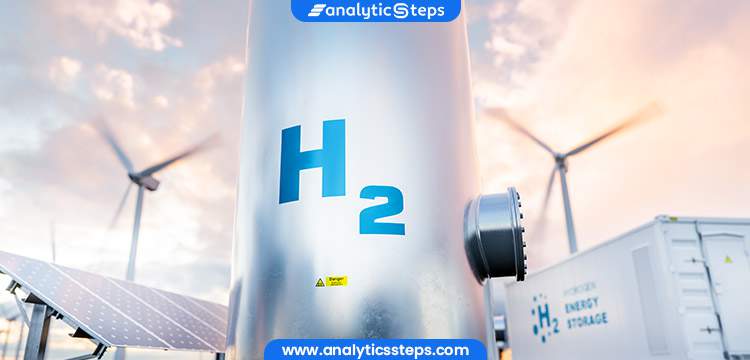Researchers pave a unique pathway to facilitate Decarbonization
Oct 28, 2021 | Shaoni Ghosh

The Research
Hydrogen can play a significant part in realizing global decarbonization targets in the energy system. Since it’s light and procures no CO2 emissions, it could be implemented in a number of ways in future clean energy systems.
Even though variable renewable energy sources (VRE), like wind and solar energy, will overpower the future electric grid, hydrogen as a clean energy fuel could pave a path to meet energy demands and introduce decarbonization in sectors with complexities in direct electrification processes.
(Must Check: What is Green Economy?)
Dharik Mallapragada, a researcher at the MIT Energy Initiative, stresses the need for grasping the link between the "electricity system and a future hydrogen supply chain."
The researchers from MIT and Shell have progressed with their knowledge on hydrogen-based technology in a system emitting minimal carbon, as noted in one of the papers published in the journal Energy and Environmental Science.
Testing for Approval
As reported by SciTechDaily, the researchers tested the technology in a case study in the Northeast U.S., and found that it cuts carbon emissions and enables decarbonization in "difficult-to-electrify, end-use sectors."
The researchers developed the Decision Optimization of Low-carbon Power-Hydrogen Network (DOLPHYN) model to unravel each energy carrier's economics in order to understand how cost works for decarbonization goals.
The DOLPHYN model is employed to assess how hydrogen functions in a variety of industrial, commercial, and transport sectors.
The model may encompass a series of technical breakthroughs spanning from "VRE generation through carbon capture and storage (CCS)" and fit itself into the leading technological stratum, offering long-term support to the future energy system.
(Recommended Blog: 5 Uses of IoT In Energy Sector)
The model accounts for both human and non-human carbon emissions, as well as carbon emissions at the process level.The establishment of a hydrogen-powered energy system in the Northeast U.S. is a particularly intriguing case study.
Renewable energy is strongly backed in the region, as are strict emission-reduction goals. It also has a significant need for energy for heating, which might be improved by electrification.
Alternative grid-balancing supply-side resources like battery storage and dispatchable gas can be reduced by hydrogen-powered renewable energy (VRE). In comparison to situations without sector coupling, increasing VRE penetration results in lower emissions.
According to Stanford University researchers, CCS is more cost-effective in the hydrogen supply chain than in the power industry. CCS initiatives in the energy sector are six times more likely to be adopted than producing hydrogen.
